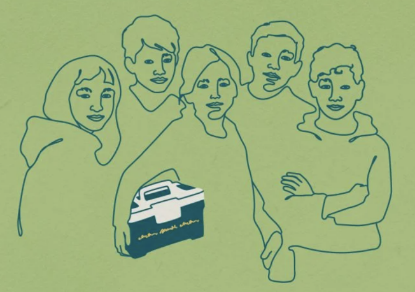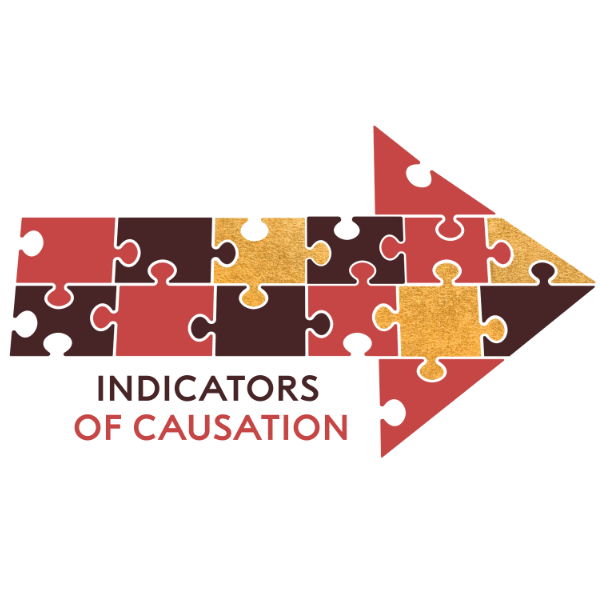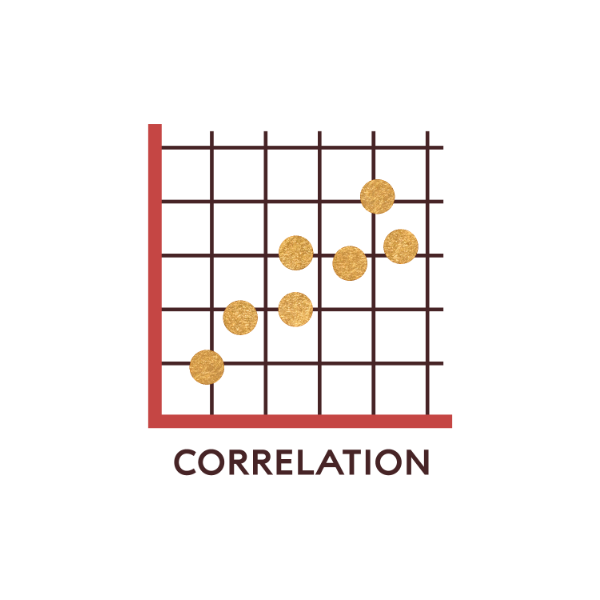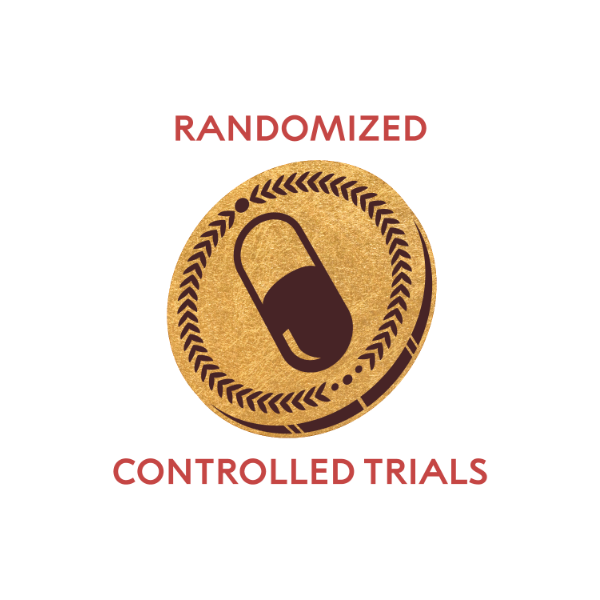Summary
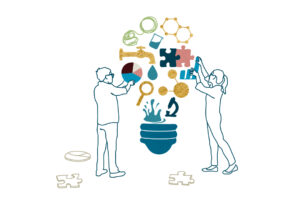
In this unit, students are introduced to essential concepts related to causal reasoning in the context of scientific research on well-being. They explore cause-and-effect relationships by investigating how different strategies impact a person’s overall well-being. Students learn causal reasoning by identifying alternative explanations, such as unnoticed variables or random chance, and by using indicators of causation such as association, plausible mechanisms, and timing. They practice how to distinguish correlation from causation and explore how scientists apply these methods in research, including through randomized controlled trials. These skills help students evaluate both everyday claims and scientific data, enabling them to make better-informed decisions for themselves and their communities.
Unit Driving Question
How can scientific investigations provide evidence for cause-and-effect relationships, such as how different factors affect health and well-being?
Teacher Edition
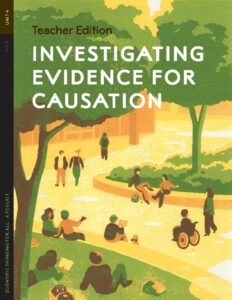
The teacher edition is designed to support teachers in fostering student learning over the entire unit. Information provided includes day-to-day instructional management: how to prepare the classroom, what materials are needed, sample student responses, and how to modify materials for diverse learners.
Teacher edition, Unit 4: Investigating Evidence for Causation (12.6 Mb)
Student Book
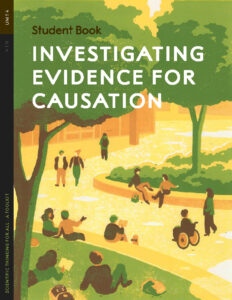
Each unit requires students to interact with specific key concepts, process skills and thinking tools through various learning experiences. The student book has a deliberate structure that provides support for student learning, regardless of activity type.
Student book, Unit 4: Investigating Evidence for Causation (21 Mb)
Activities
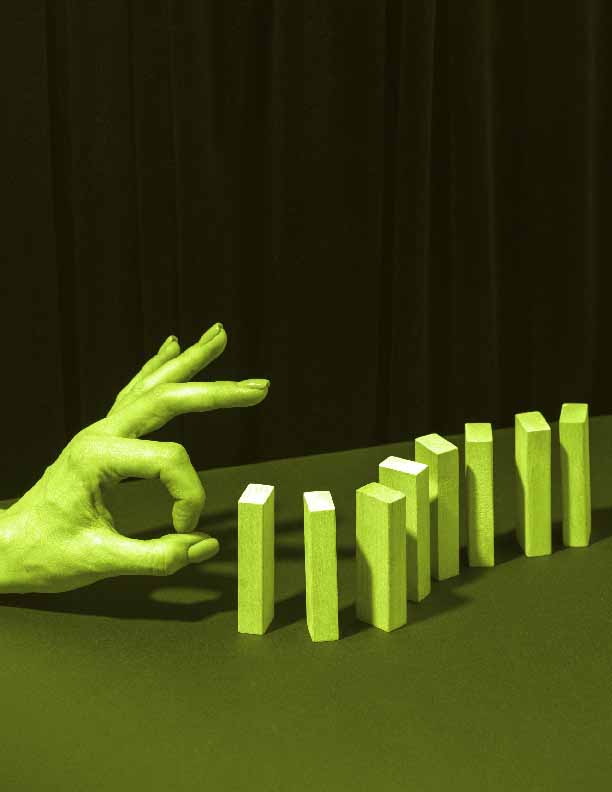
Cause-and-Effect Claims
Activity Type: InvestigationNumber of 40-50 minutes class periods: 1
Why is it important to identify possible cause-and-effect relationships?
Download Activity (Teacher Edition)
Download Activity (Student Book)

Measuring Well-Being
Activity Type: LaboratoryNumber of 40-50 minutes class periods: 1-2
What are the challenges of studying well-being?
Download Activity (Teacher Edition)
Download Activity (Student Book)

Questioning Causation
Activity Type: InvestigationNumber of 40-50 minutes
class periods: 1-2
How do people consider if one event caused another?
Download Activity (Teacher Edition)
Download Activity (Student Book)

Interpreting Correlations
Activity Type: Data AnalysisNumber of 40-50 minutes class periods: 2-3
What can be learned from an association between two variables?
Download Activity (Teacher Edition)
Download Activity (Student Book)
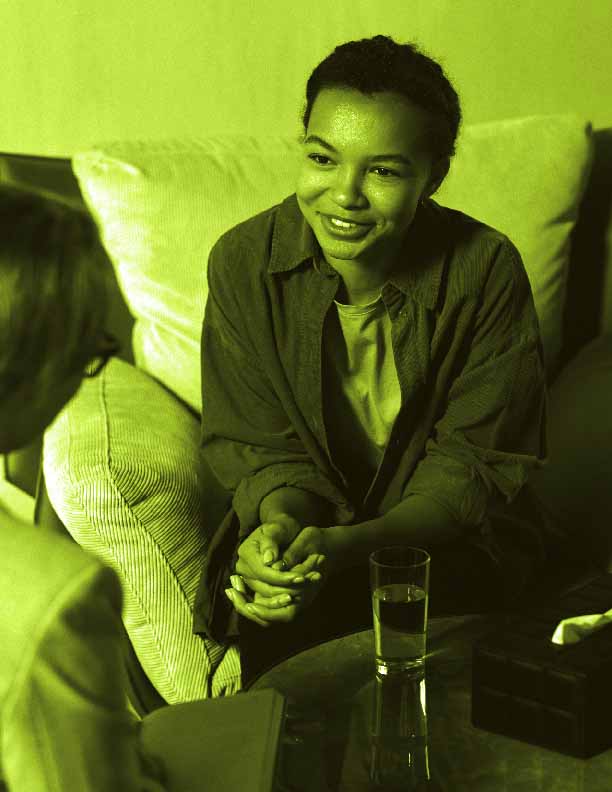
Evidence of Well-Being
Activity Type: InvestigationNumber of 40-50 minutes class periods: 1-2
How do scientists use evidence to evaluate causation?
Download Activity (Teacher Edition)
Download Activity (Student Book)

Understanding Well-Being Through Research
Activity Type: ReadingNumber of 40-50 minutes class periods: 1-2
What study designs and analysis methods increase confidence in results?
Download Activity (Teacher Edition)
Download Activity (Student Book)
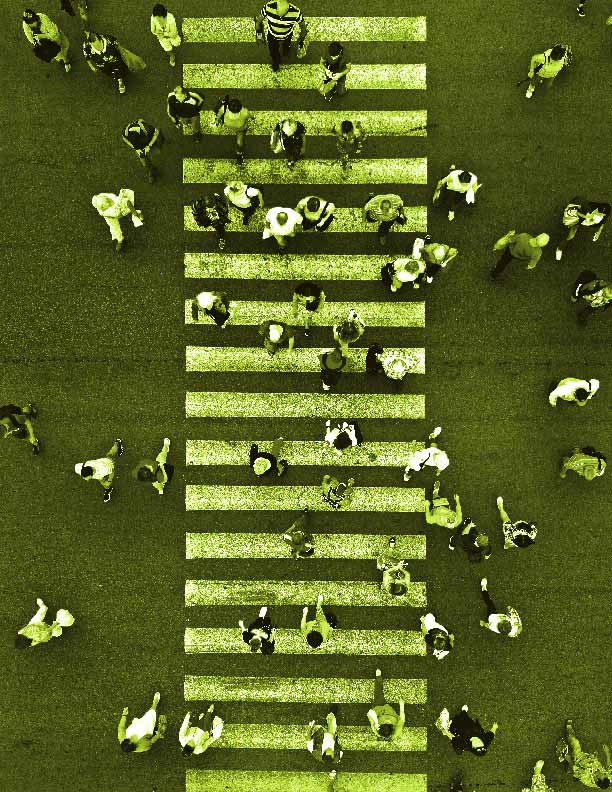
Improving Experimental Design
Activity Type: Computer SimulationNumber of 40-50 minutes class periods: 1-2
How do changes in study design affect the results?
Download Activity (Teacher Edition)
Download Activity (Student Book)
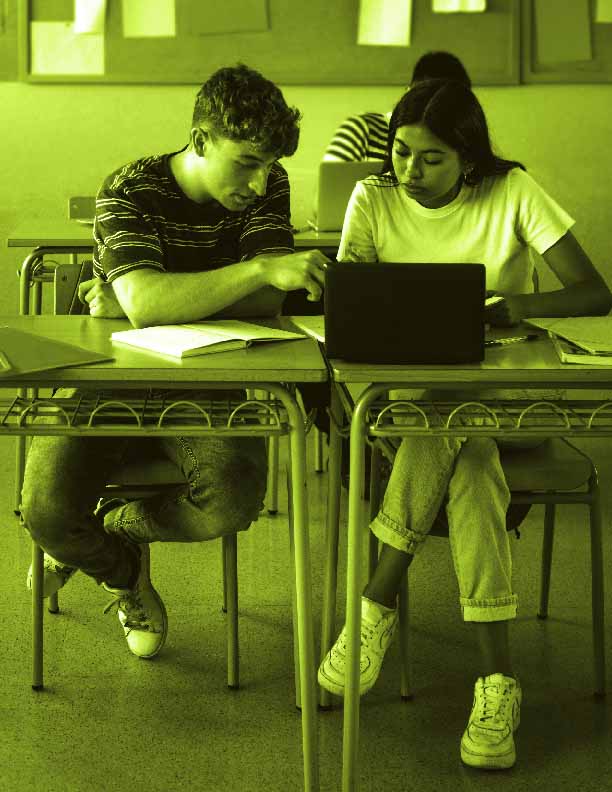
Testing a Well-Being Strategy
Activity Type: LaboratoryNumber of 40-50 minutes class periods: 2-3
How do you design a randomized controlled trial?
Download Activity (Teacher Edition)
Download Activity (Student Book)

Evaluating Randomized Controlled Trials
Activity Type: Data AnalysisNumber of 40-50 minutes class periods: 2
How can randomized controlled trials be evaluated?
Download Activity (Teacher Edition)
Download Activity (Student Book)

Making Decisions with Causal Reasoning
Activity Type: DiscussionNumber of 40-50 minutes class periods: 1-2
How can scientific evidence for causation be used to inform decisions?
Download Activity (Teacher Edition)
Download Activity (Student Book)
